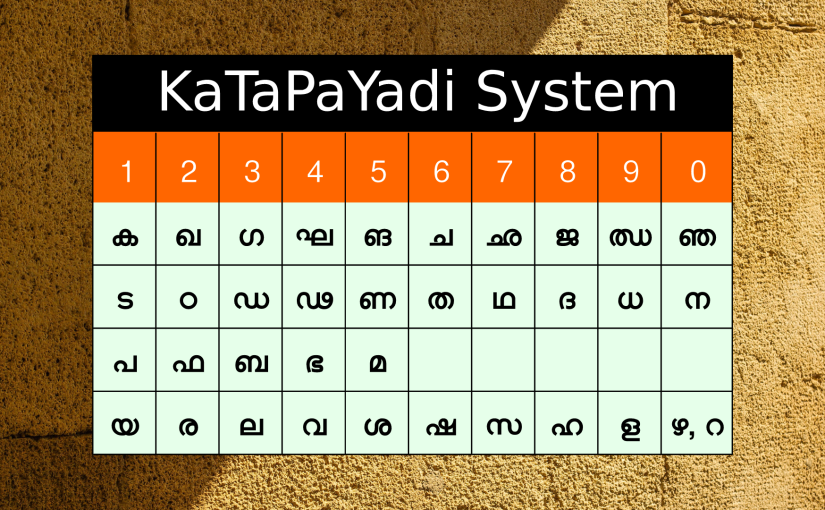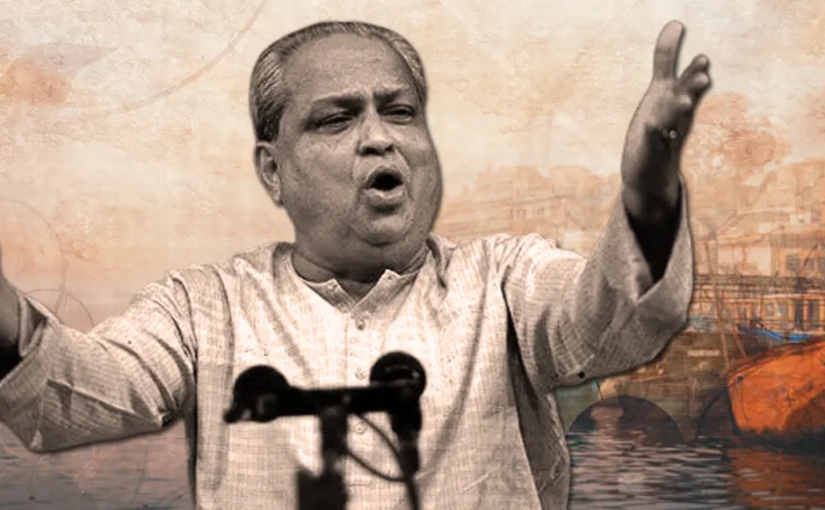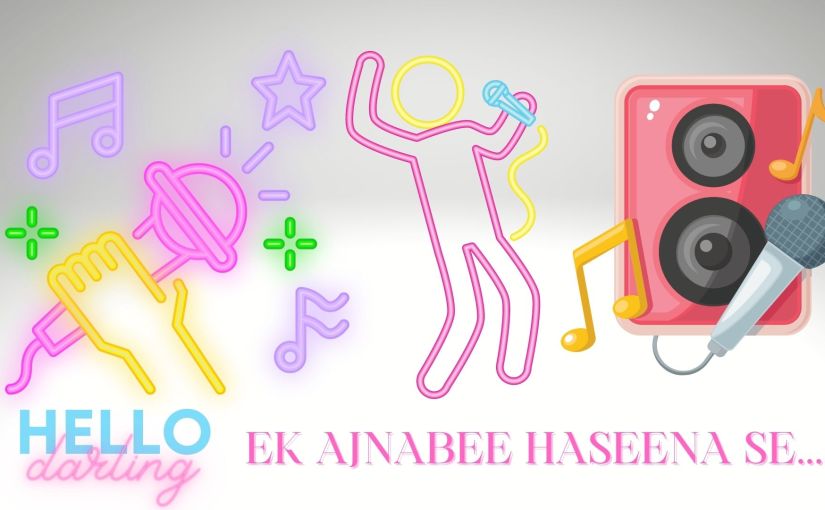Supposing you were offered a job with an annual salary of $150,000 in the US and another job offering Rs. 60 lakhs in India (approx. $75,000), which would you choose? If your answer goes something like this, “duh, what’s wrong with you? The US job of course, idiot” think again.
Deciphering Currency Value: PPP vs Forex Rates in the Context of INR and USD
Understanding the value of money across borders is pivotal for both economic enthusiasts and professionals. Two key concepts that help in this understanding are Purchasing Power Parity (PPP) and Foreign Exchange (Forex) rates. This blog post explores these concepts through the lens of the Indian Rupee (INR) and the US Dollar (USD), providing practical examples, discussing real-world deviations, examining the impact of interest rates, and the role of central bank interventions.
Purchasing Power Parity (PPP)
- Definition: PPP compares the relative value of currencies based on the cost of a standard set of goods and services in different countries.
- Example: If a basket of goods costs ₹5000 in India and $100 in the US, the PPP rate would be 50 INR/USD.
Foreign Exchange (Forex) Rates
- Definition: Forex rates are the market prices at which currencies are exchanged.
- Example: If the Forex rate is 75 INR/USD, you need ₹75 to buy $1.
PPP vs Forex Rates
- Stability: PPP is stable over time, while Forex rates are volatile.
- Influence: Forex rates are affected by immediate market dynamics; PPP reflects long-term economic trends.
- Usage: Forex rates are for current transactions; PPP is for macroeconomic analysis.
Practical Examples of PPP
- Big Mac Index: This index uses the price of a Big Mac to determine currency valuation.
- GDP Comparison: Adjusting GDP for PPP can significantly alter the perceived size of an economy.
- Cost of Living: PPP adjusts salaries to reflect the true purchasing power within a country.
- Arbitrage Opportunities: Price differences revealed by PPP can indicate potential for profit.
Real-World Deviations from PPP
Despite its theoretical appeal, PPP doesn’t always align with actual exchange rates due to factors like trade barriers, transportation costs, and market segmentation. For example, the price of similar goods varies significantly across European cities, indicating deviations from PPP.
The Cost of Bread: A Case Study
- India: A loaf of fresh white bread (1 lb) costs approximately ₹37.55.
- USA: The average cost for a loaf of bread is around $2.50.
This comparison illustrates the differences in purchasing power and cost of living between the two countries.
The Impact of Interest Rates on Exchange Rates
Interest rates are a powerful economic tool that can significantly influence currency values and exchange rates. Higher interest rates typically lead to currency appreciation, attracting foreign investment, while lower rates can lead to depreciation.
Real-World Application
- Scenario 1: If the Reserve Bank of India hikes interest rates while the US Federal Reserve keeps them steady, we might see the INR strengthen against the USD.
- Scenario 2: Conversely, if the US raises rates and India doesn’t, the USD might appreciate against the INR.
The Impact of Central Bank Interventions on Exchange Rates
Central banks can influence exchange rates through direct intervention by buying or selling currencies, and indirectly through policy announcements. Their actions can have significant, albeit sometimes temporary, effects on currency values.
Real-World Application
- Turkey and Mexico: Data from Turkey and Mexico show how central bank interventions have attempted to address currency depreciation with varying degrees of success¹.
- Market Reaction: The market’s reaction to central bank interventions can be unpredictable, and while some interventions successfully stabilize the currency, others may fail to prevent depreciation over the long term¹.
Conclusion
The concepts of PPP and Forex rates are integral to understanding the value of currencies like the INR and USD. While PPP offers a long-term economic perspective, Forex rates provide immediate transactional value. Real-world deviations from PPP highlight the complexities of international economics, and practical examples like the cost of bread bring these concepts to life. Interest rates and central bank interventions add further layers of complexity, influencing exchange rates in significant ways.
Source: Conversation with Bing, 4/3/2024
(1) Central bank interventions in the foreign exchange market | FRED Blog. https://fredblog.stlouisfed.org/2022/01/central-bank-interventions-in-the-foreign-exchange-market/.
(2) Central Bank Intervention in the Foreign Exchange Market – DailyFX. https://www.dailyfx.com/education/forex-fundamental-analysis/central-bank-interventions.html.
(3) Central bank intervention and exchange rate volatility. https://www.sciencedirect.com/science/article/pii/S0261560697980554.
(4) Central bank interventions and implied exchange rate correlations. https://www.researchgate.net/publication/46506876_Central_bank_interventions_and_implied_exchange_rate_correlations.
(5) Impact of foreign exchange interventions on exchange rate expectations. https://www.bis.org/publ/bppdf/bispap73d_rh.pdf.










